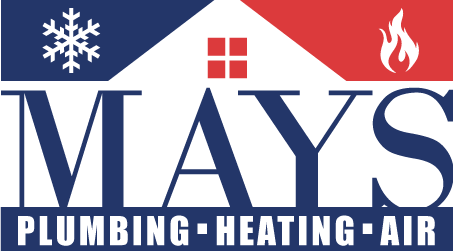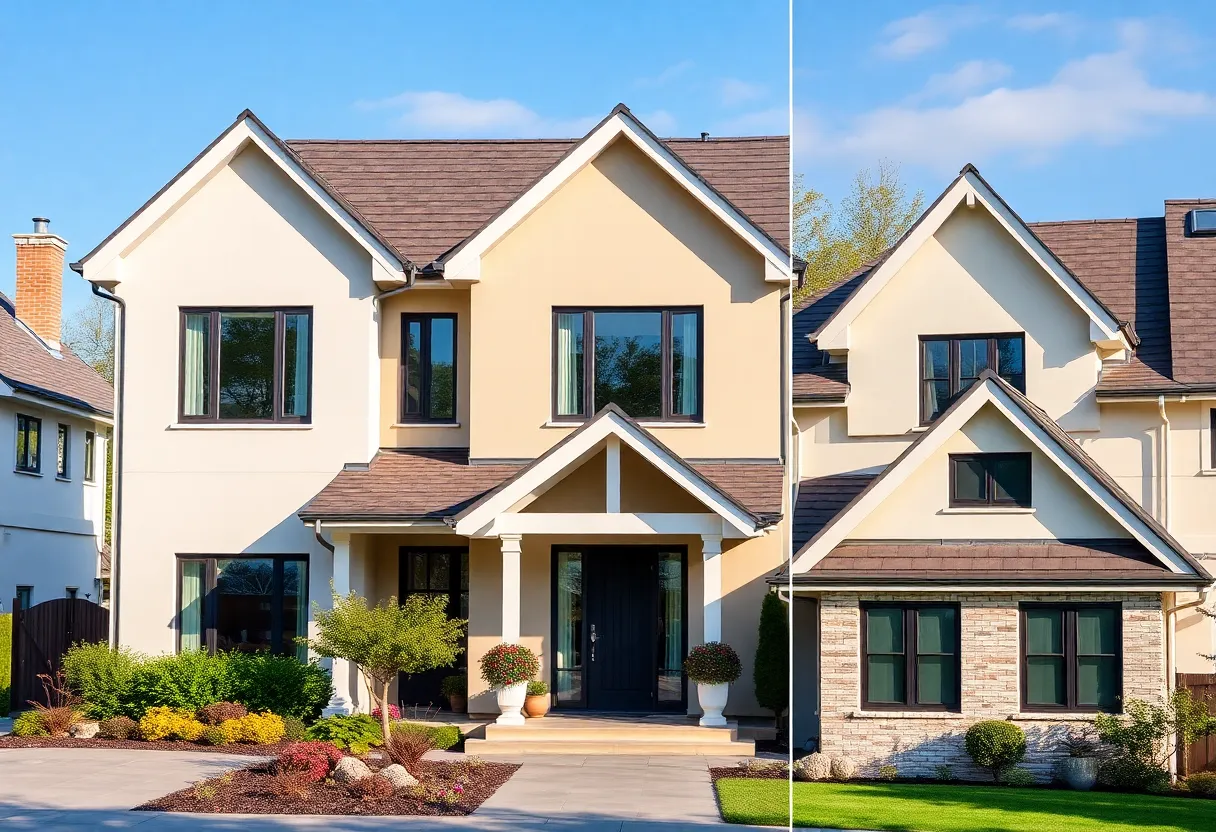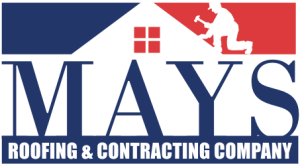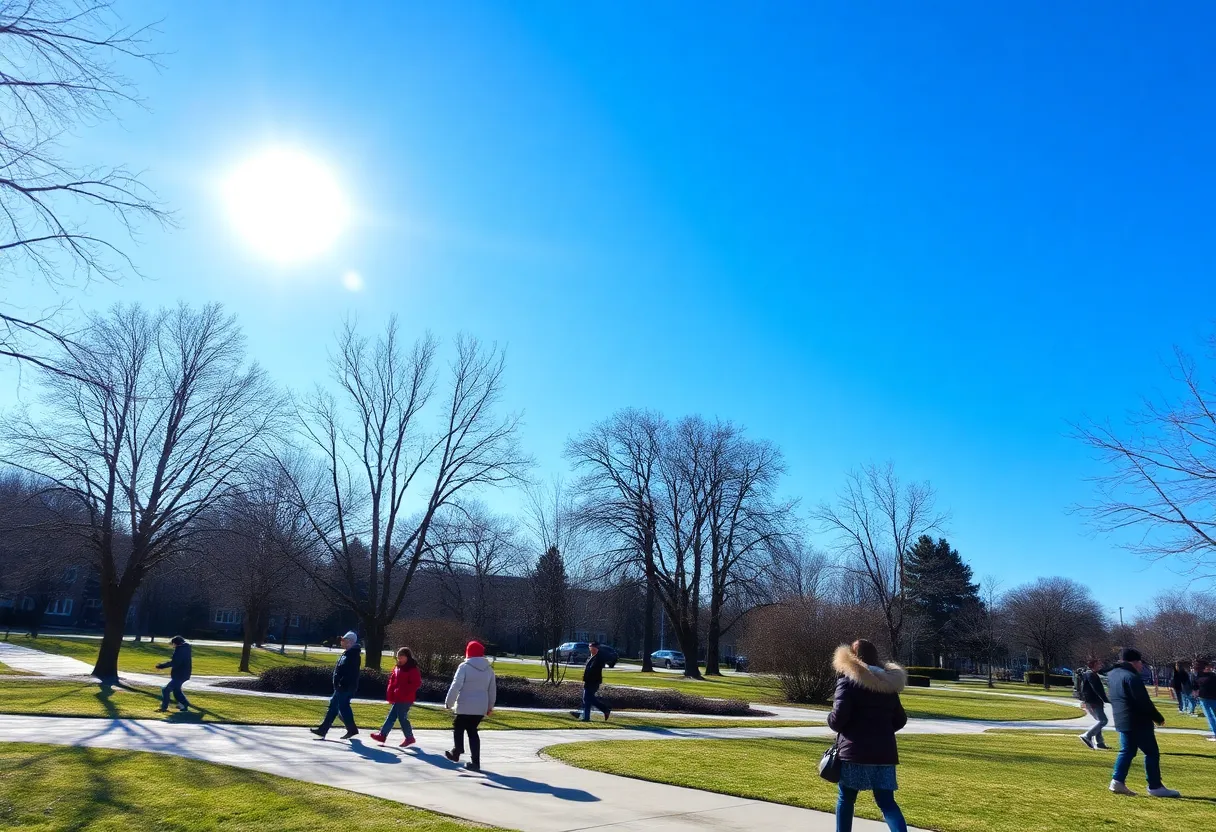How Do I Choose the Ideal Roof Shape for My Home’s Functionality and Style?
Choosing the right roof shape for your home is an essential decision that impacts its functionality, style, and longevity. A roof is not just a protective covering; it contributes to the aesthetic appeal and overall architecture of your residence. This article explores the various roof shapes, their benefits, and considerations to help you make an informed decision.
Understanding Roof Shapes
Roof shapes can be broadly categorized into three primary types: flat, gable, and hip. Each of these shapes has unique characteristics and advantages that cater to different needs and aesthetic preferences.
Flat Roofs
Flat roofs are characterized by a level surface, with a slight slope for drainage. They are commonly found in modern and minimalist designs. Here are some key points regarding flat roofs:
- Cost-Effective: Flat roofs are generally less expensive to install than sloped roofs, making them attractive for budget-conscious homeowners.
- Usable Space: The flat surface allows for the possibility of creating a rooftop garden or terrace, enhancing outdoor living space.
- Modern Aesthetic: Flat roofs contribute to a contemporary look, suitable for urban environments.
- Drainage Issues: Without adequate sloping, flat roofs can face drainage problems, leading to potential water pooling and leaks.
Gable Roofs
Gable roofs feature two sloped sides that meet at a central ridge, forming a triangular shape. This is one of the most popular roof styles found in residential homes. Consider the following aspects:
- Classic Appearance: The design is traditional and suits a range of architectural styles, from classic to modern.
- Excellent Drainage: The slope allows for efficient water runoff, reducing the risk of leaks during heavy rainfall.
- Attic Space: Gable roofs create additional space for an attic, which can be utilized for storage or converted into living space.
- Wind Resistance: This shape is effective in regions with high winds, as the sloping sides can minimize wind resistance.
Hip Roofs
Hip roofs are similar to gable roofs but feature slopes on all four sides. This design provides a more stable structure. Here are several important considerations:
- Stability: Hip roofs are less likely to be damaged in high winds due to their aerodynamic shape.
- Increased Durability: The design effectively disperses weight and stress, contributing to a longer lifespan.
- More Complex Construction: They can be more expensive to build than gable roofs due to their intricate design.
- Expandable Attic Space: Like gable roofs, hip roofs can also provide additional attic space.
Factors to Consider When Choosing a Roof Shape
Many factors influence the choice of roof shape. Here are key aspects to evaluate:
Climate
Your local climate is a significant factor. Areas with heavy snowfall may benefit from steeply pitched roofs, such as gable and hip roofs, to prevent snow accumulation. Conversely, flat roofs might suit warmer climates where heavy precipitation is less common.
Architectural Style
The roof shape should align with the overall architectural style of your home. A contemporary home may favor a flat roof, while a traditional home could look best with gable or hip configurations. Choose a roof shape that enhances the visual balance of your structure.
Functionality
Consider your lifestyle and how you intend to use the space beneath your roof. If additional living or storage space is a priority, gable or hip roofs may be more suitable due to their attic potential. Flat roofs could work well for rooftop gardens or solar panel installation.
Cost
Budget constraints play a crucial role. Flat roofs are generally less expensive to construct. Gable and hip roofs, while potentially higher in upfront costs, often offer greater long-term value through durability and functionality.
Maintenance Requirements
Some roof shapes require more maintenance than others. Flat roofs may need more frequent inspections and maintenance to prevent leaks, while sloped roofs may require periodic cleaning to remove debris. Assess your willingness and ability to maintain the roof shape you choose.
Popular Roof Shapes and Their Aesthetics
Beyond practicality, aesthetics play a crucial role in your decision. Here are some popular roof shapes with distinct visual impacts:
Saltbox Roof
A Saltbox roof is a variation of the gable design, characterized by one long slope and one short slope. This asymmetrical shape results in an appealing and unique profile. It is particularly favored in colonial-style homes.
Skillion Roof
The skillion roof features a single, slanting surface. This modern design brings a dynamic aesthetic. Often used in contemporary architecture, it allows for expansive windows and ample natural light.
Mansard Roof
The mansard roof consists of two slopes on each side, with the lower slope being steep. This design not only enhances the visual appearance but also creates additional living space under the roof, ideal for attics or dormers.
Butterfly Roof
Butterfly roofs are an inverted version of the traditional gable shape, resembling a butterfly’s wings. This unique design captures rainwater efficiently and allows for dramatic architectural distinctions, making it a favorite in eco-friendly designs.
Conclusion
Choosing the ideal roof shape for your home involves a delicate balance of functionality, style, and environmental considerations. Assess climate, architectural style, and personal preferences before making a final decision. The roof is not merely an aesthetic feature; it impacts everything from energy efficiency to resilience against the elements.
Take your time to weigh your options carefully. Consult with roofing professionals to ensure that your choice aligns with local regulations and building codes. Investing in the right roof shape can enhance your home’s beauty, functionality, and overall value for many years to come.
Author: HERE Greenwood
The GREENWOOD STAFF WRITER represents the experienced team at HEREGreenwood.com, your go-to source for actionable local news and information in Greenwood, Greenwood County, and beyond. Specializing in "news you can use," we cover essential topics like product reviews for personal and business needs, local business directories, politics, real estate trends, neighborhood insights, and state news affecting the area—with deep expertise drawn from years of dedicated reporting and strong community input, including local press releases and business updates. We deliver top reporting on high-value events such as the Festival of Flowers, Greenwood Community Theatre performances, and agricultural showcases at the Greenwood County Fairgrounds. Our coverage extends to key organizations like the Greenwood Chamber of Commerce and the Greater Greenwood United Ministry, plus leading businesses in manufacturing and healthcare that power the local economy such as FujiFilm Manufacturing and Self Regional Healthcare. As part of the broader HERE network, including HERECharleston.com, HEREColumbia.com, HEREGreenville.com, and HEREHiltonHead.com, we provide comprehensive, credible insights into South Carolina's dynamic landscape.




 Mays Contracting
Mays Contracting

